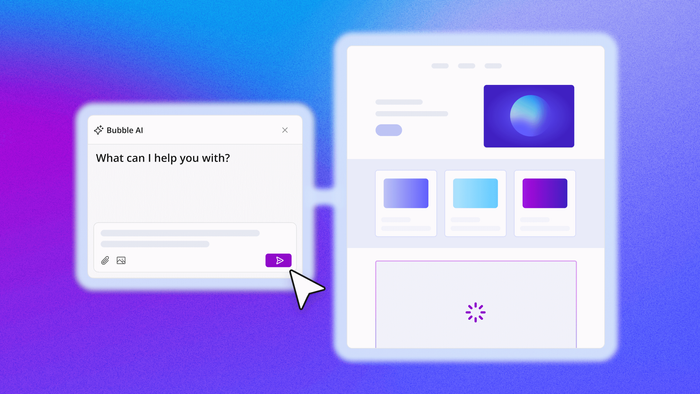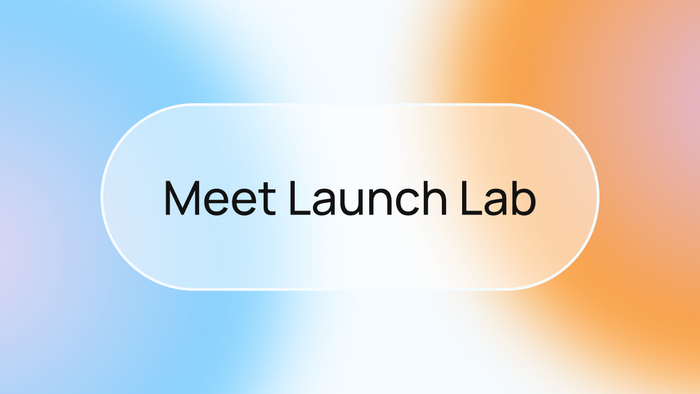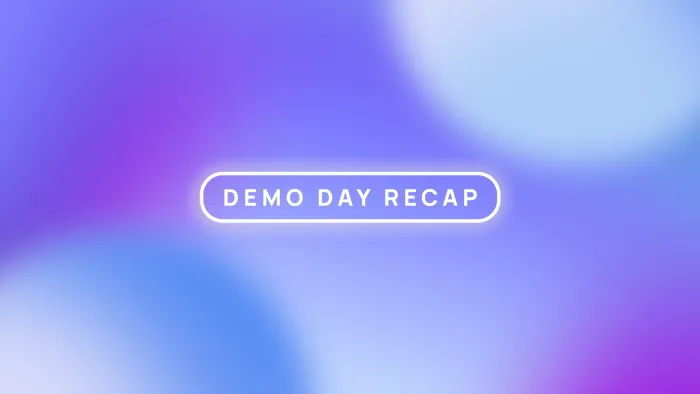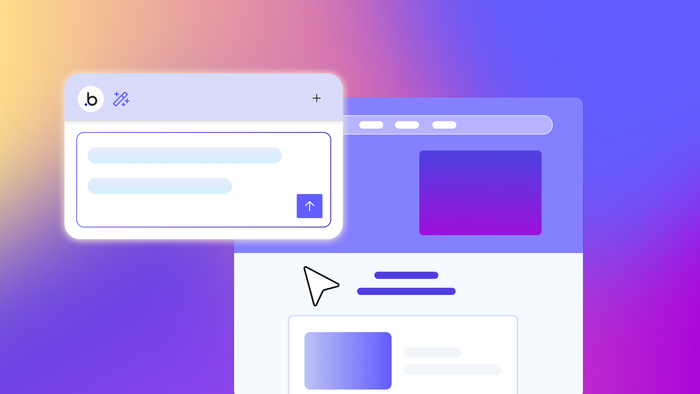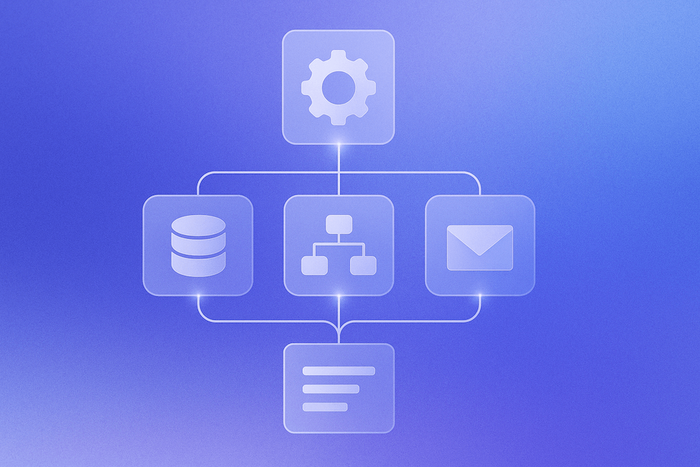There’s a new movement sweeping through tech circles. You’ve probably heard about it — founders proudly sharing sleek, functional apps they built in a weekend without writing a single line of code. This is “vibe coding,” where conversational prompts with AI replace traditional programming from start to finish.
The premise is revolutionary: Describe what you want in plain English, and AI handles everything — not just generating the initial app, but every iteration and change thereafter. Need a new feature? Just ask for it. Found a bug? Describe it, and let AI fix it.
As someone who’s spent the last decade making software development more accessible, I understand the excitement. When we founded Bubble, we started with a fundamental belief: Computers should understand humans, not the other way around. Teaching people to write code is inefficient; teaching computers to understand human intent is revolutionary.
In that sense, what’s happening now isn’t entirely new. It’s an evolution of what we’ve been working toward all along — making creation more intuitive. But there’s a crucial difference between democratizing creation and oversimplifying it.
The stakes are higher than you think
Imagine buying a car built entirely through AI prompts. You describe what you want — “a sleek sedan with good mileage and modern features” — and hours later, it's in your driveway. The test drive around the neighborhood is perfect. You show it off to friends, amazed at how quickly you acquired such a nice ride.
But when you take it on the highway, dashboard lights start flashing. There’s a strange noise from the hood, and the car slows unexpectedly.
You message the car’s AI: “The car is making a knocking sound and slowing down.” The AI adjusts something remotely. The knocking stops, but now the air conditioning won’t turn off. Another prompt fixes the air but breaks the radio.
With no idea what you’re looking at under the hood, no diagnostic tools, and no mental model of the vehicle’s inner workings, you’re completely dependent on describing symptoms and hoping the AI correctly diagnoses the problem.
Would you trust this car for a cross-country trip? Would you put your family in it? Would you build your ride-sharing business on a fleet of these vehicles?
You need convenience and control
This is the fundamental challenge of pure vibe coding. While you can describe what you want, you lack visibility into how it’s being created, making precise adjustments increasingly difficult as complexity grows.
Founders find themselves trapped in increasingly complex (and risky) prompt engineering sessions. What was once “add a user profile page” becomes “add a user profile page but don’t break the existing authentication flow and make sure it respects the privacy settings we added last week.”
Then come the security concerns: exposed user data because the AI-generated app lacked basic encryption. Or apps overwhelmed by spam because they didn’t implement proper validation. Or worst of all, data breaches from vulnerabilities they had no way of identifying.
The journey from prototype to production-ready product isn’t a small step — it’s a chasm.
Your business is more than a weekend joyride
To be clear, AI has a transformative role to play in how we build software. The ability to express intent in natural language instead of code represents a genuine breakthrough in accessibility.
But there’s a critical difference between using AI as a black box versus as a transparent partner in creation.
The future we’re building at Bubble combines the intuitive expression of natural language with the transparency and control of AI visual development. Right now, you can generate an app in minutes and perfect it down to the smallest details with our drag-and-drop editor. And our team is actively working on the next step, where you’ll be able to use natural language to iterate on your app — adding features, fixing bugs, and improving designs — but with a crucial difference. You’ll see exactly what’s changing and understand why.
Imagine requesting a new feature through a prompt, and watching as the system shows you the specific components it’s adding or modifying. If something doesn’t look right, you can adjust it directly — no endless prompt refinement needed. If something breaks, you can see exactly where the problem lies. And when security really starts to matter — as it always does for real businesses — you have the visibility to ensure your users are protected.
Beyond vibes: A better way forward
The democratization of software development isn’t about making it seem magical — it’s about making it genuinely accessible without sacrificing control or understanding.
When computers truly speak our language, they don’t just understand our initial request; they participate in an ongoing dialogue where each party comprehends the other. They don’t just do what we say; they help us understand what they’re doing.
At Bubble, we’ve spent over a decade pioneering this approach — teaching computers to understand humans while helping humans understand what they’re building. The addition of AI makes this exchange even more powerful, but the fundamental principle remains. True empowerment comes from understanding, not mystery.
vibe coding, where 2 engineers can now create the tech debt of at least 50 engineers
— I Am Devloper (@iamdevloper) March 20, 2025
Because while good vibes might launch a prototype, it’s vision, control, and adaptability that build lasting businesses. And that’s what we’re here for — not just the exciting launch, but everything that comes after.
The future of software development lies not in surrendering to the vibes, but in combining the best of AI’s intuitive creation with visual development — the transparency and control that real companies require.
That’s not just good vibes. That’s good business.
Build for as long as you want on the Free plan. Only upgrade when you're ready to launch.
Join Bubble
